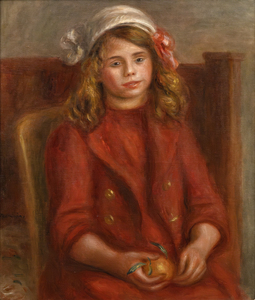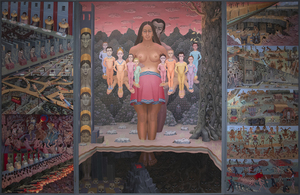
スエ・キム
ファインアートコンサルタント
サンフランシスコ
スー・キムは、サンフランシスコを拠点とするヘザー・ジェームズ・ファイン・アートのファインアート・コンサルタントです。スーは30年以上にわたる多様なアートとラグジュアリーの経験をヘザー・ジェームス・ファイン・アートに提供しています。サンフランシスコ、ニューヨーク、香港、シンガポールを含む複数の都市で、ファインアート、写真、インテリア、プロダクトデザイン、建築、不動産、ホスピタリティの分野で仕事をしてきました。イタリア語とフランス語を話します。コロンビア大学 バーナード・カレッジで東アジア美術史の学士号を、パーソンズ・スクール・オブ・デザインでインテリアデザインの応用科学準修士号を取得。
HEATHER JAMES FINE ART - SAN FRANCISCOは、地元のお客様にとって貴重な情報源となり、様々な物件を幅広くサポートしています。ヘザー・ジェームス・ファイン・アートの専門家の助けを借りて、購入や売却に関するご質問や、コレクションの中から価値のあるものをご希望の場合は、当社の担当者がお手伝いさせていただきます。
不動産・税務計画、回収管理、鑑評価、物流管理、買収、金融サービスなど、幅広いクライアントベースのサービスを提供しています。
ニュースで
サービス
私たちを知る
ギャラリー
172 Center Street, Suite 101
P.O. Box 3580
Jackson Hole, WY 83001
(307) 200-6090
営業時間予約制
































_tn47012.jpg )

,_new_mexico_tn40147.jpg )



_tn43950.jpg )







